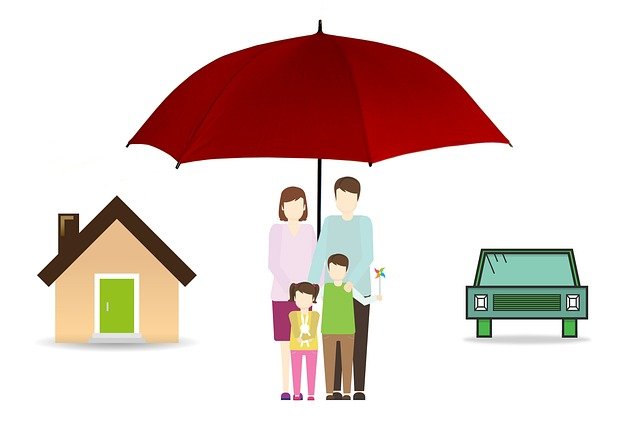Checklist for valuing and documenting physical assets
A practical checklist helps organizations and property owners establish consistent valuation and documentation practices for physical assets. This summary highlights essential steps to support coverage decisions, claims handling, underwriting, and long-term risk management.

Physical assets require clear records and consistent valuation to support coverage, claims and operational continuity. A structured checklist reduces ambiguity for both commercial and residential properties, clarifies liability exposure, and informs underwriting and premium calculations. The following sections outline key steps for valuing assets, documenting conditions, managing inspections, and integrating modern tools to reduce risk and improve compliance.
How to approach asset valuation
Determine the appropriate valuation basis first: replacement cost, actual cash value, or market value. For commercial assets consider business interruption implications, and for residential property include fixtures and personal property. Use certified appraisals where thresholds justify professional valuation. Record valuation dates, assumptions, and sources so underwriters and auditors can verify figures. Regularly update valuations to reflect renovations, depreciation, and changing market or climate impacts that affect long-term asset worth.
Documenting assets for coverage and claims
Create a standardized inventory that lists asset descriptions, serial numbers, purchase dates, receipts, and photographs. Include documentation for fixed elements and movable assets to support both coverage terms and potential claims. Keep all policy numbers, coverage limits, and endorsements linked to specific items when possible. Timely, organized documentation accelerates claims processing and reduces disputes over liability and scope of coverage between insured parties and providers.
Inspection and underwriting considerations
Schedule routine inspections and record findings with dates, inspector credentials, and photographic evidence. Inspections feed underwriting decisions by documenting existing conditions, maintenance practices, and identified hazards. For commercial properties include building systems, safety equipment, and supply-chain dependencies. Underwriting reviews should reference inspection logs to assess premiums and coverage boundaries. Maintain an inspection cadence aligned with regulatory and lender requirements to ensure continuous compliance.
Assessing risk, liability and prevention
Conduct formal risk assessments that identify probable hazards, exposure levels, and potential loss scenarios. Document mitigation measures such as fire suppression, structural reinforcements, and cybersecurity for digitized asset controls. Liability assessment should cover third‑party risks and environmental exposures. Prevention planning—maintenance schedules, staff training, and emergency response procedures—reduces claim frequency and can influence premium pricing and reinsurance needs.
Compliance, reinsurance and bundling steps
Map asset records to applicable regulatory and contractual requirements to demonstrate compliance. Note any permit histories, safety certifications, and inspection certificates that affect liability and coverage. Consider policy bundling for aligned property and liability protections, and document reinsurance arrangements or excess layers for high-value exposures. Clear documentation of how policies interrelate helps underwriters evaluate aggregate limits and guides decisions on premiums and coverage gaps.
Digitalization, climate resilience and long-term documentation
Adopt digital documentation systems to store inventories, inspection reports, and policy documents with version control and secure backups. Digitalization supports faster claims submission and easier bundling of related policies. Factor climate risk into valuations and prevention plans—flood, wind, and heat exposure can materially alter premiums and coverage requirements. Maintain audit trails for updates and ensure data portability so records remain useful across ownership changes and regulatory reviews.
Conclusion A thorough checklist for valuing and documenting physical assets strengthens coverage certainty, streamlines claims, and supports informed underwriting decisions. Regular updates, consistent inspection records, risk prevention measures, and digital documentation all contribute to clearer liability allocation and more stable premium outcomes. Treat documentation as an active risk-management tool rather than an administrative afterthought to improve resilience for both commercial and residential asset portfolios.





